Sourav Pan
Transcript
What is tonicity?
Tonicity is the effect of osmotic pressure gradient between solutions separated by a semipermeable membrane.
When two solutions are separated by a semipermeable membrane, their relative solute concentrations determine the direction of water flow.
Solution A has a higher concentration of solutes compared to Solution B.
Water molecules move from areas of lower solute concentration to areas of higher solute concentration, in an attempt to equalize the concentrations.
Tonicity is a fundamental concept in cell biology. It regulates cell volume, affects cellular functions, and is critical for survival in different environments.
Understanding tonicity is essential for explaining how cells interact with their surrounding environment.
Hypotonic solutions have a lower solute concentration than the inside of cells.
In a hypotonic environment, the concentration of dissolved substances outside the cell is lower than inside the cell.
Due to osmosis, water molecules move from the area of lower solute concentration to the area of higher solute concentration – into the cell.
Let’s see how animal cells respond to hypotonic solutions.
In a hypotonic environment, animal cells absorb water and swell. Without a rigid cell wall, continued water uptake causes the cell to burst – a process called lysis.
Plant cells respond differently to hypotonic solutions.
Unlike animal cells, plant cells have a rigid cell wall. When water enters the cell in a hypotonic environment, the cell becomes turgid and firm, but doesn’t burst.
Let’s take a closer look at how water molecules move across the cell membrane in a hypotonic environment.
Water molecules move through specialized channels called aquaporins or directly through the cell membrane. This movement is driven by the concentration gradient, with water flowing from the hypotonic solution into the cell.
This process continues until equilibrium is reached or, in the case of animal cells, until the cell membrane ruptures.
Unlike plant cells, animal cells lack a rigid cell wall and possess only a flexible plasma membrane.
This makes animal cells particularly vulnerable to changes in environmental tonicity, as they can easily swell or shrink based on water movement.
In hypotonic environments, water flows into the cell causing it to swell and potentially burst—a process called lysis.
In isotonic environments, there is no net movement of water, keeping the cell in a normal and stable state.
In hypertonic environments, water flows out of the cell causing it to shrink and wrinkle—a process called crenation.
Animal cells utilize various mechanisms to regulate tonicity and maintain proper cell volume.
The sodium-potassium pump actively transports sodium ions out of the cell and potassium ions in, helping to maintain ion balance.
Ion channels allow specific ions to move across the membrane based on concentration gradients.
Aquaporins are specialized channels that allow water molecules to move efficiently across the cell membrane.
Many animal cells are specialized to function in environments with different tonicity levels.
Red blood cells function in the isotonic environment of blood plasma. This balance prevents them from swelling or shrinking, which would compromise their ability to carry oxygen.
Kidney tubule cells must function in environments with varying tonicity as they help concentrate urine. They have specialized membrane proteins to handle these changing conditions.
Marine animals have cells adapted to hypertonic salt water environments, with mechanisms to prevent excessive water loss from their cells.
To summarize the key points about tonicity in animal cells:
Osmotic pressure is a fundamental concept that helps predict water movement between solutions.
The mathematical formula for calculating osmotic pressure is pi equals i C R T.
Let’s break down what each variable represents.
Let’s work through an example to calculate osmotic pressure.
For a 0.1 molar sodium chloride solution at 25 degrees Celsius or 298 Kelvin, we can calculate the osmotic pressure as follows.
This osmotic pressure of 4.89 atmospheres drives water movement from an area of lower concentration to higher concentration across a semipermeable membrane.
The osmotic pressure relates directly to tonicity. Solutions with higher osmotic pressure are hypertonic, lower are hypotonic, and equal pressures are isotonic.
Scientists and medical professionals use osmotic pressure calculations in various applications.
These calculations are essential for preparing cell culture media, formulating intravenous fluids, and predicting how cells will respond in different solutions.
Study Materials
No study materials available for this video.
Helpful: 0%
Related Videos
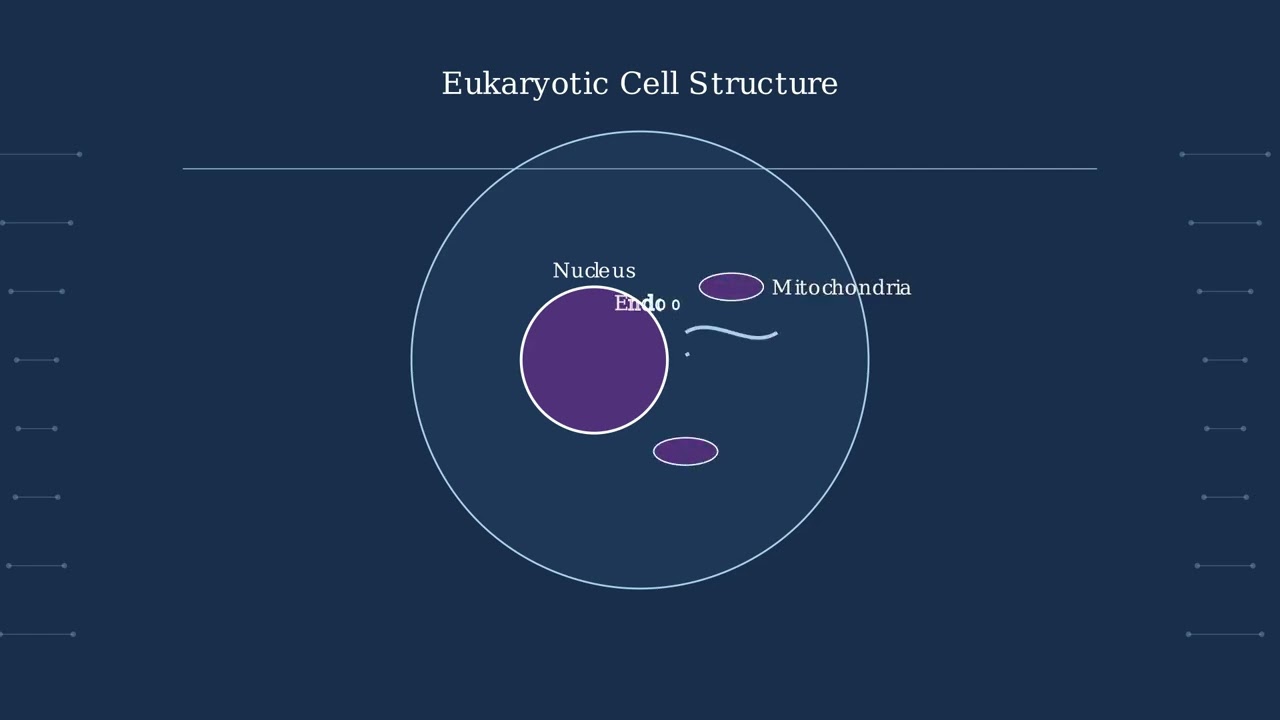
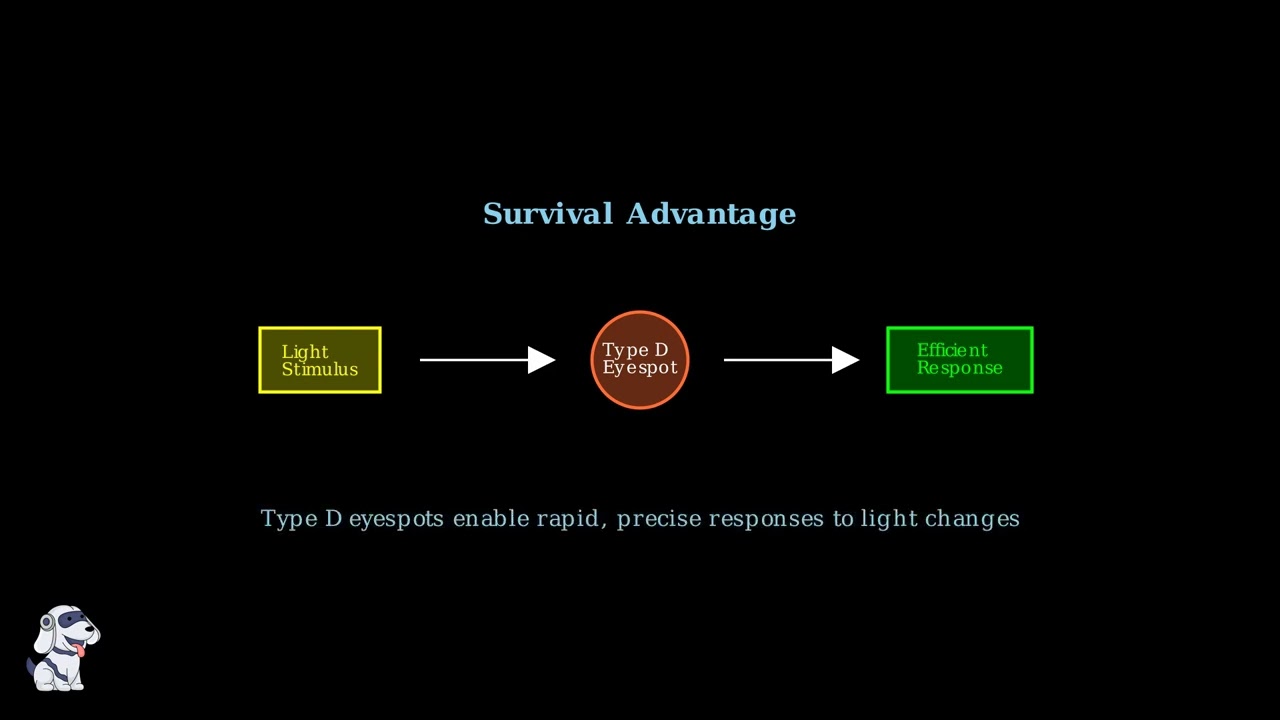
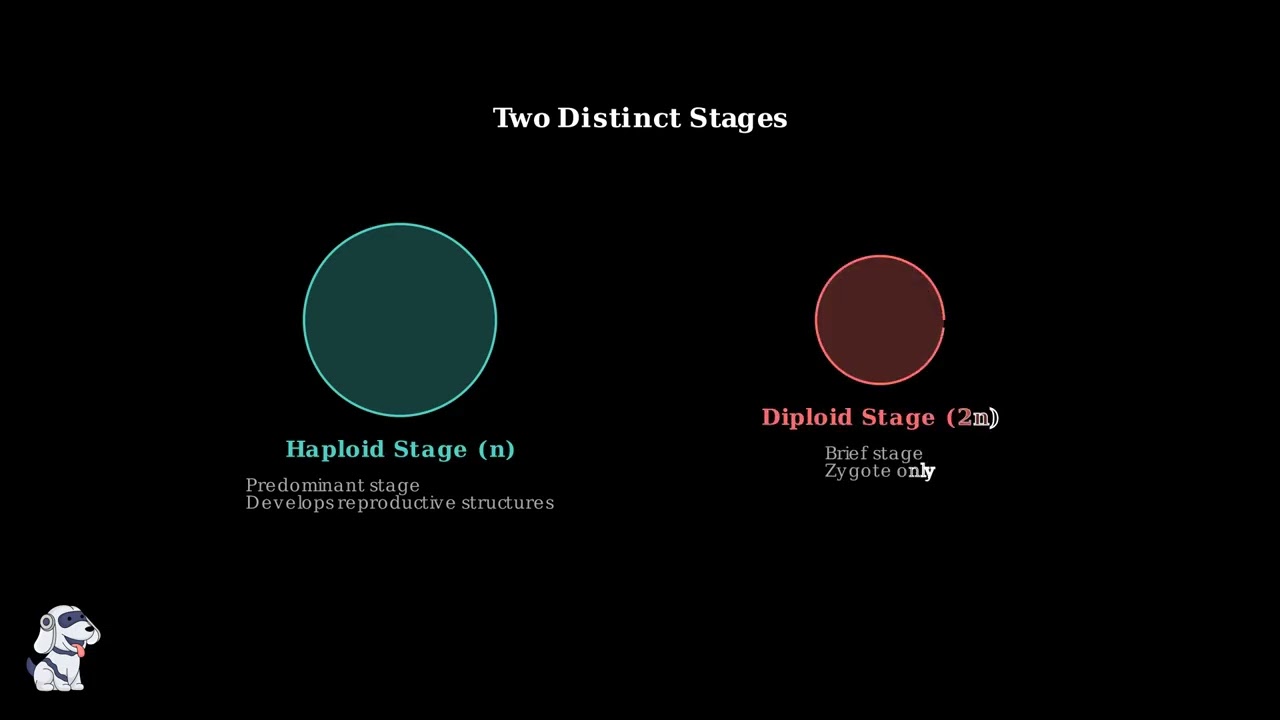
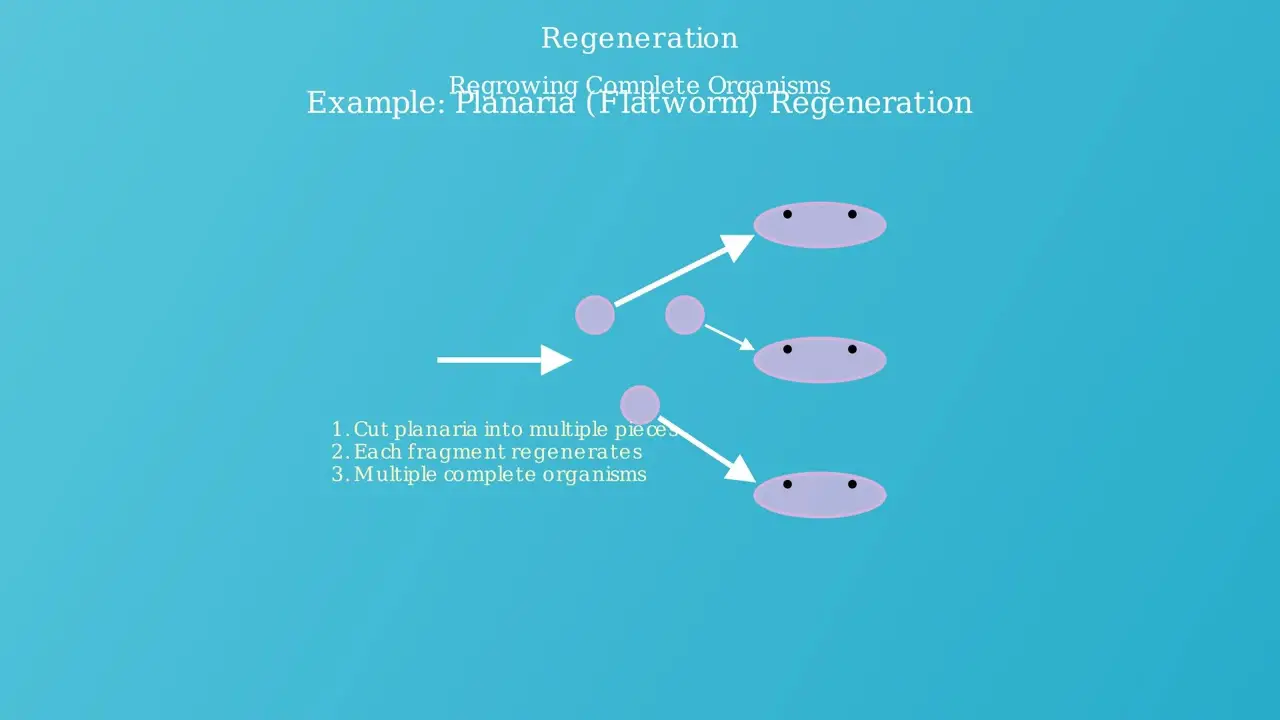
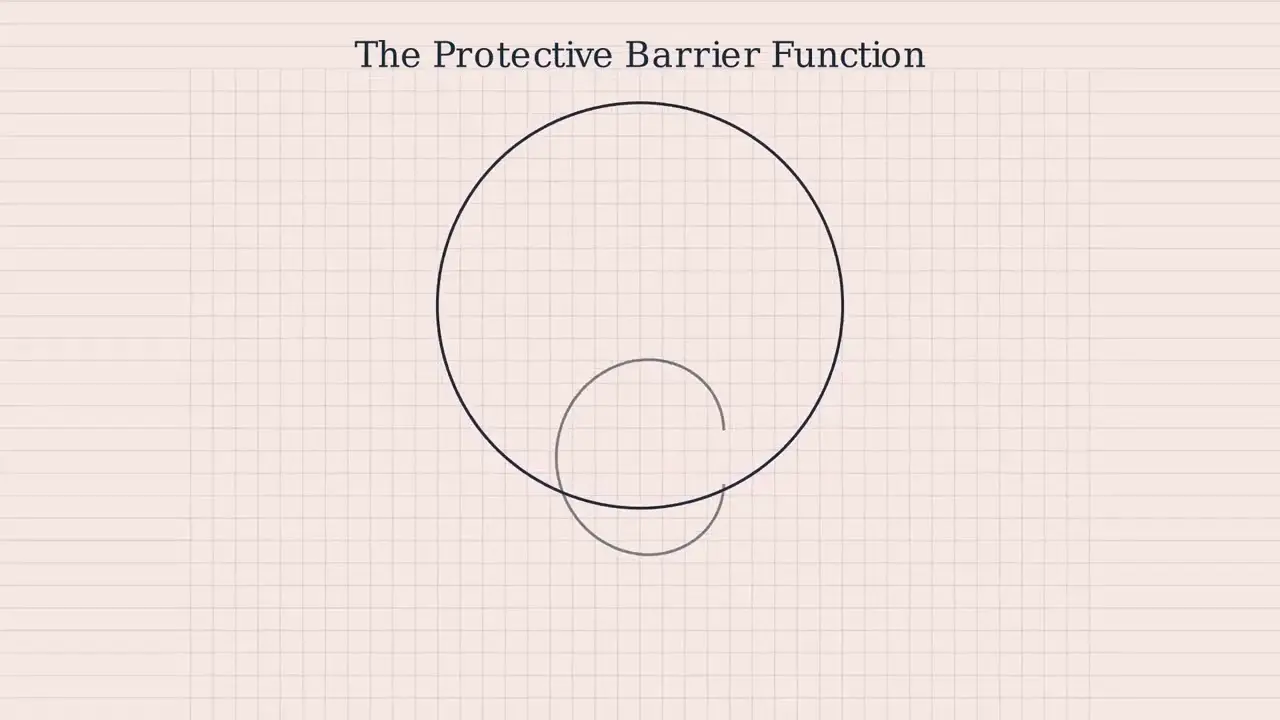
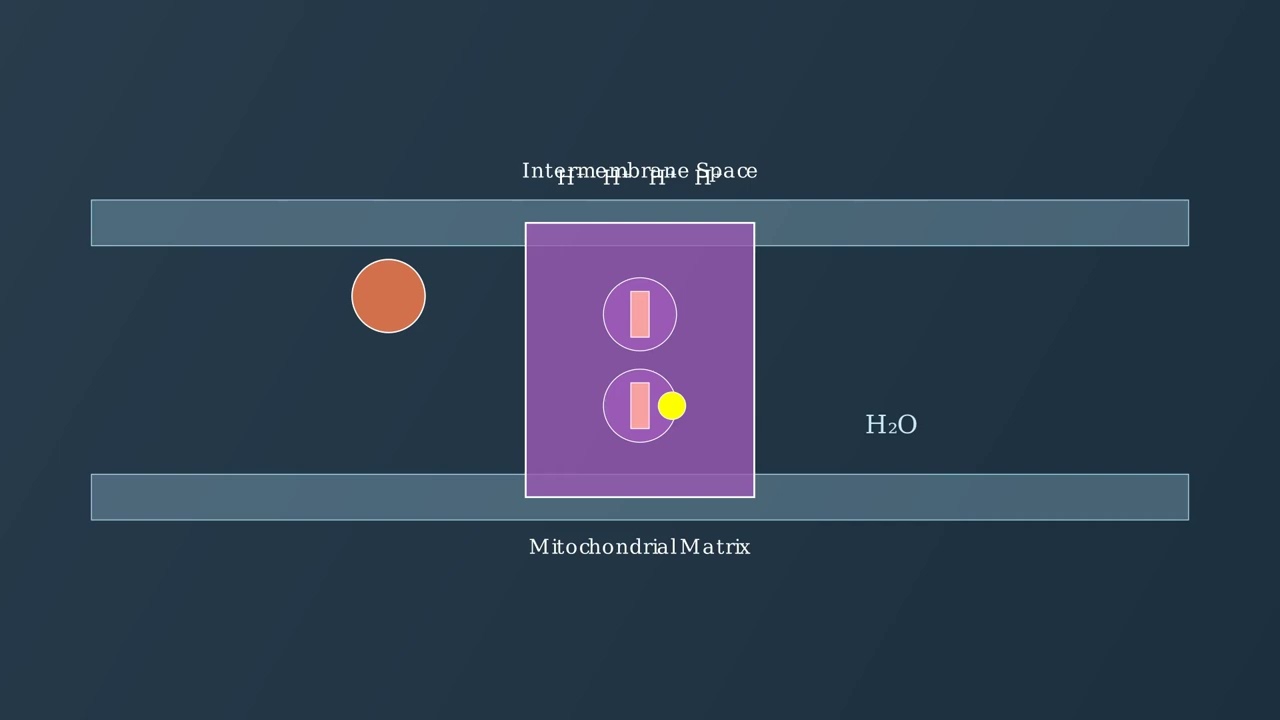
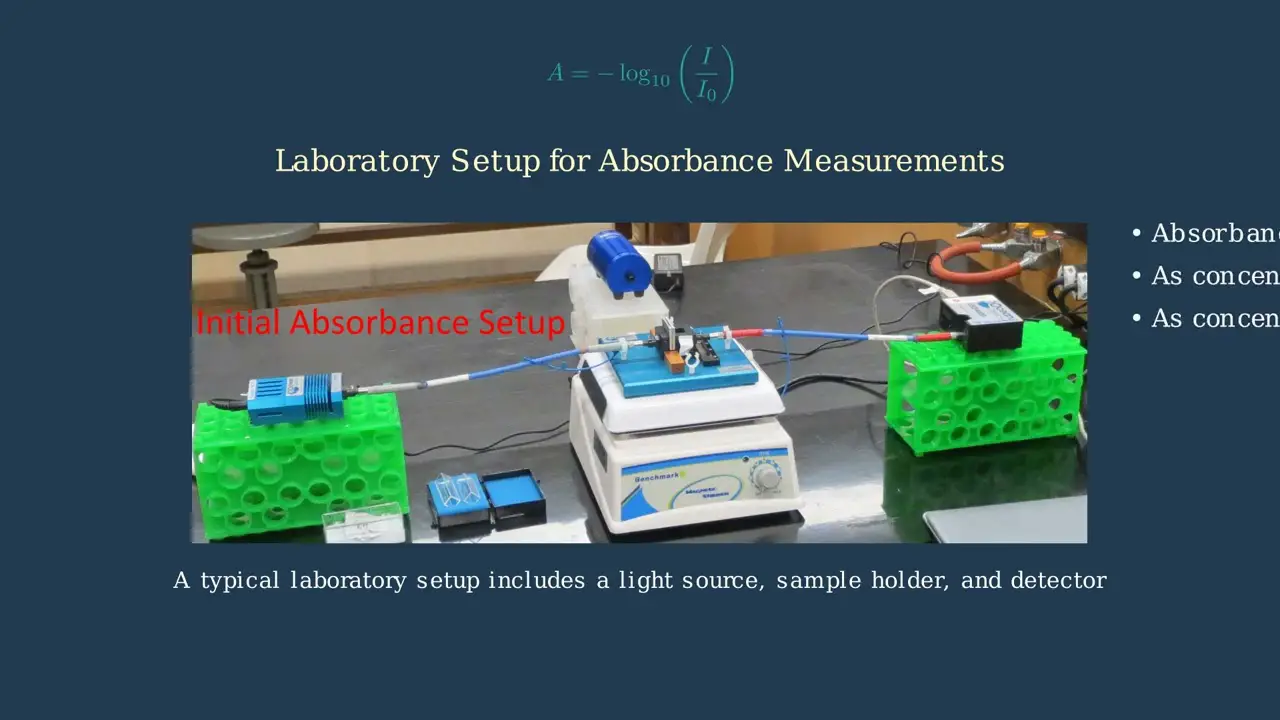
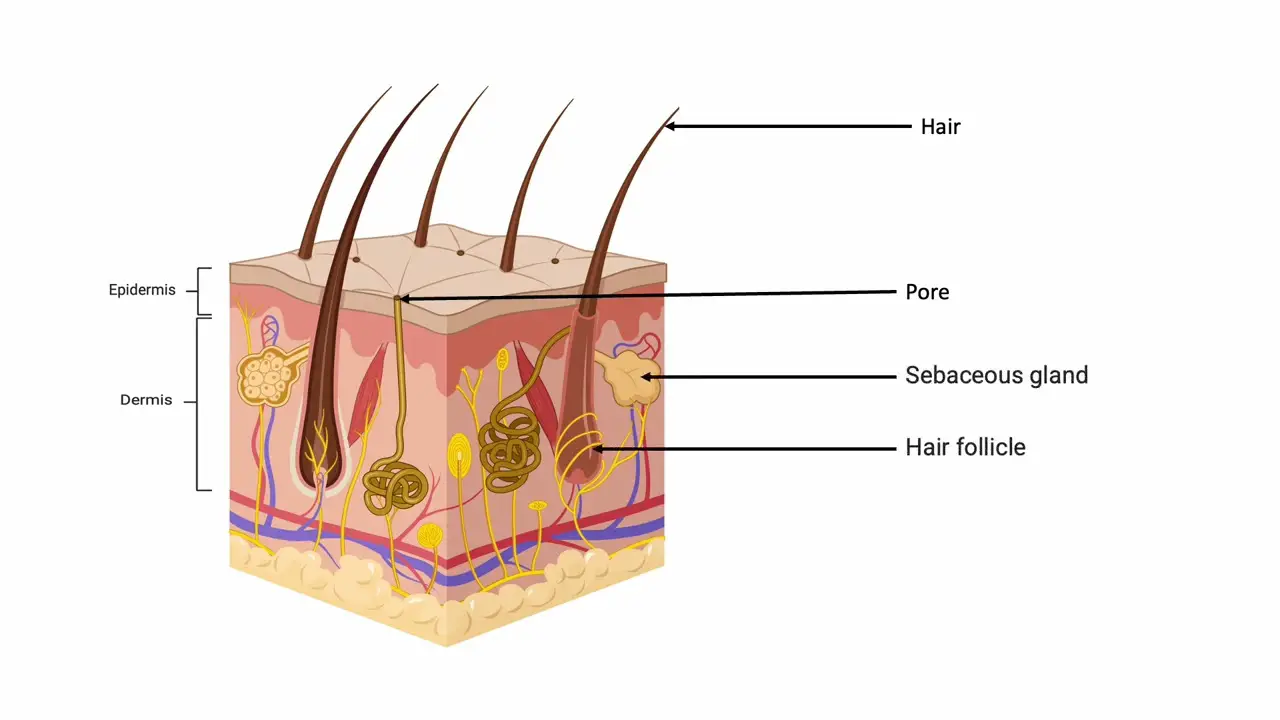
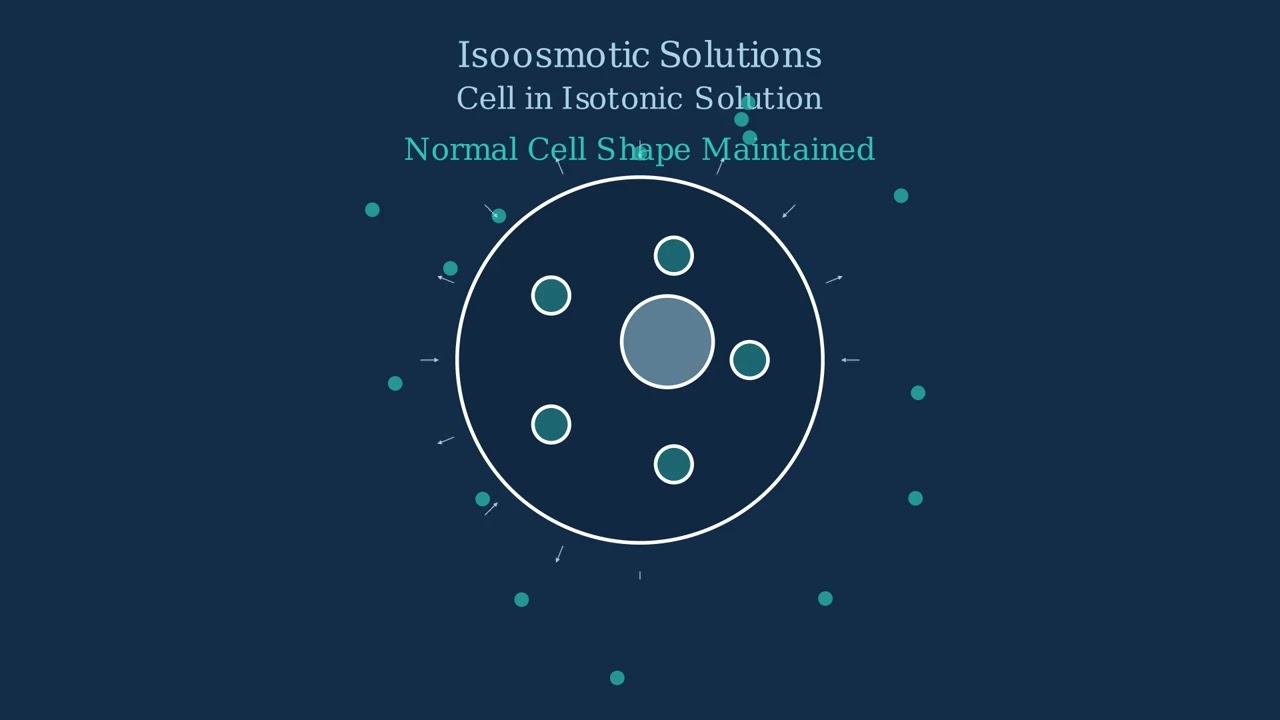
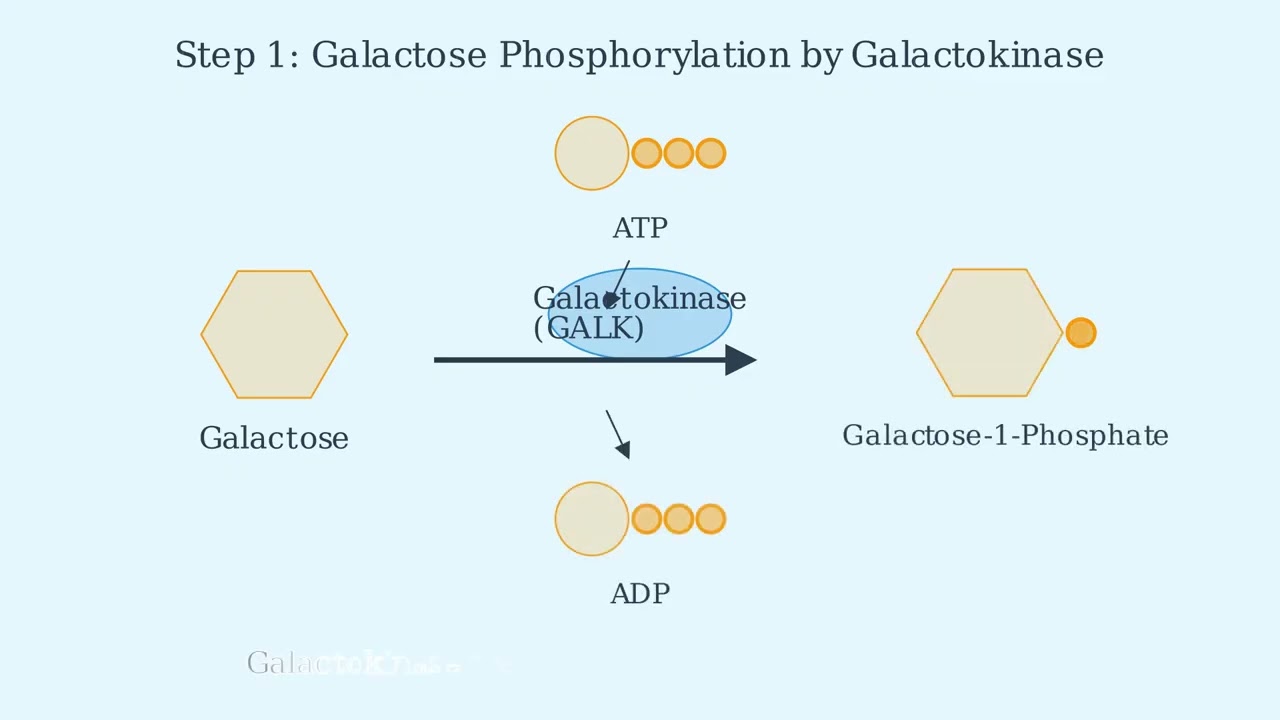
- Text Highlighting: Select any text in the post content to highlight it
- Text Annotation: Select text and add comments with annotations
- Comment Management: Edit or delete your own comments
- Highlight Management: Remove your own highlights
How to use: Simply select any text in the post content above, and you'll see annotation options. Login here or create an account to get started.